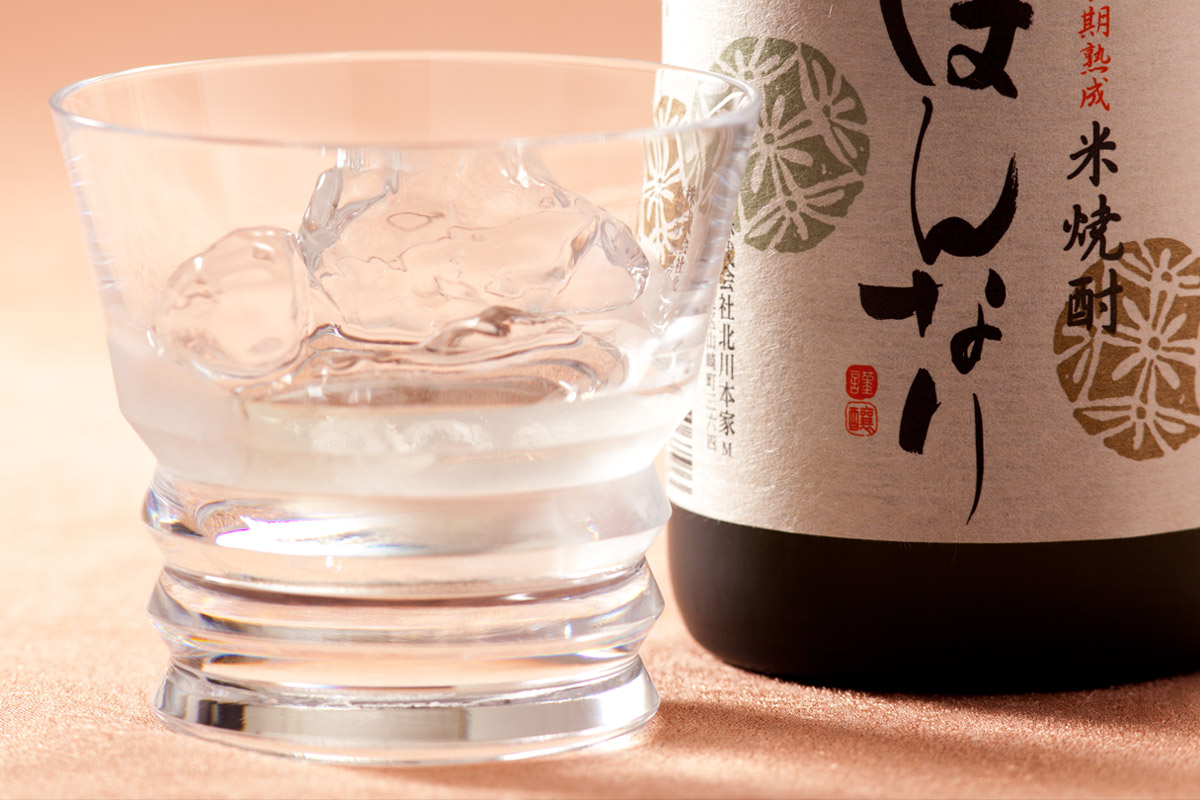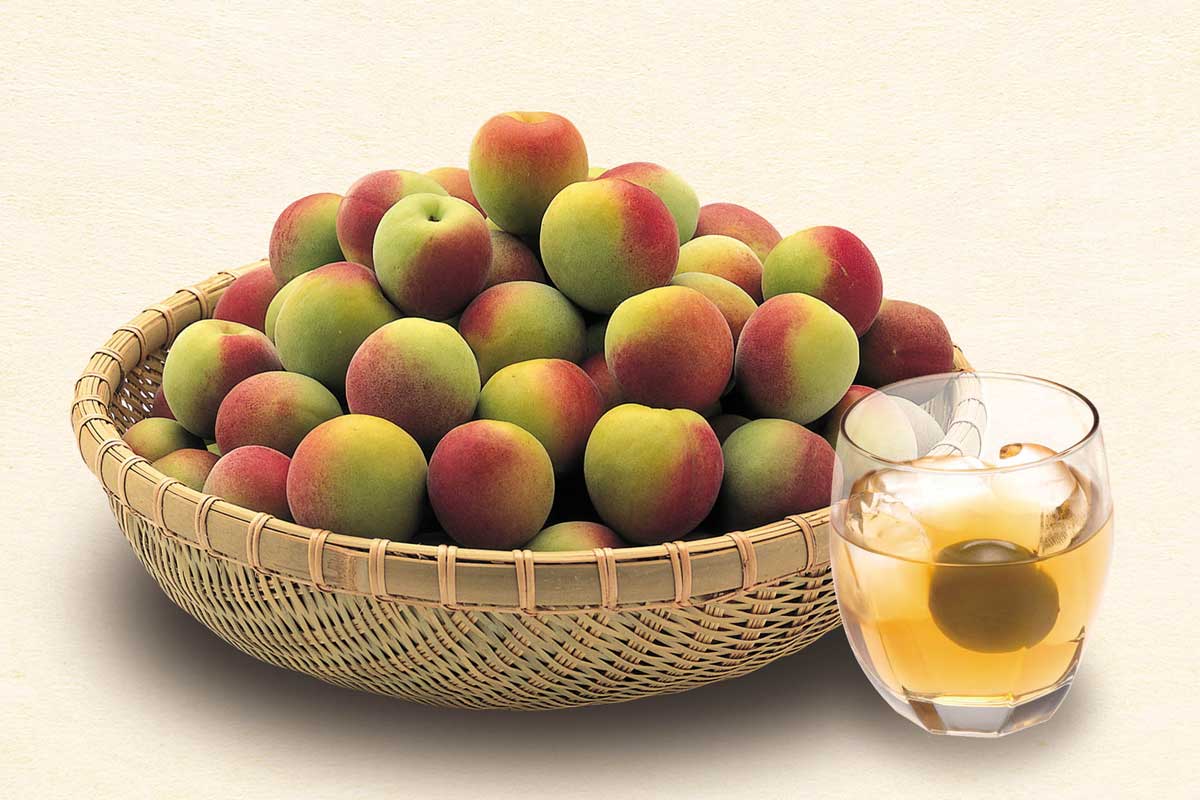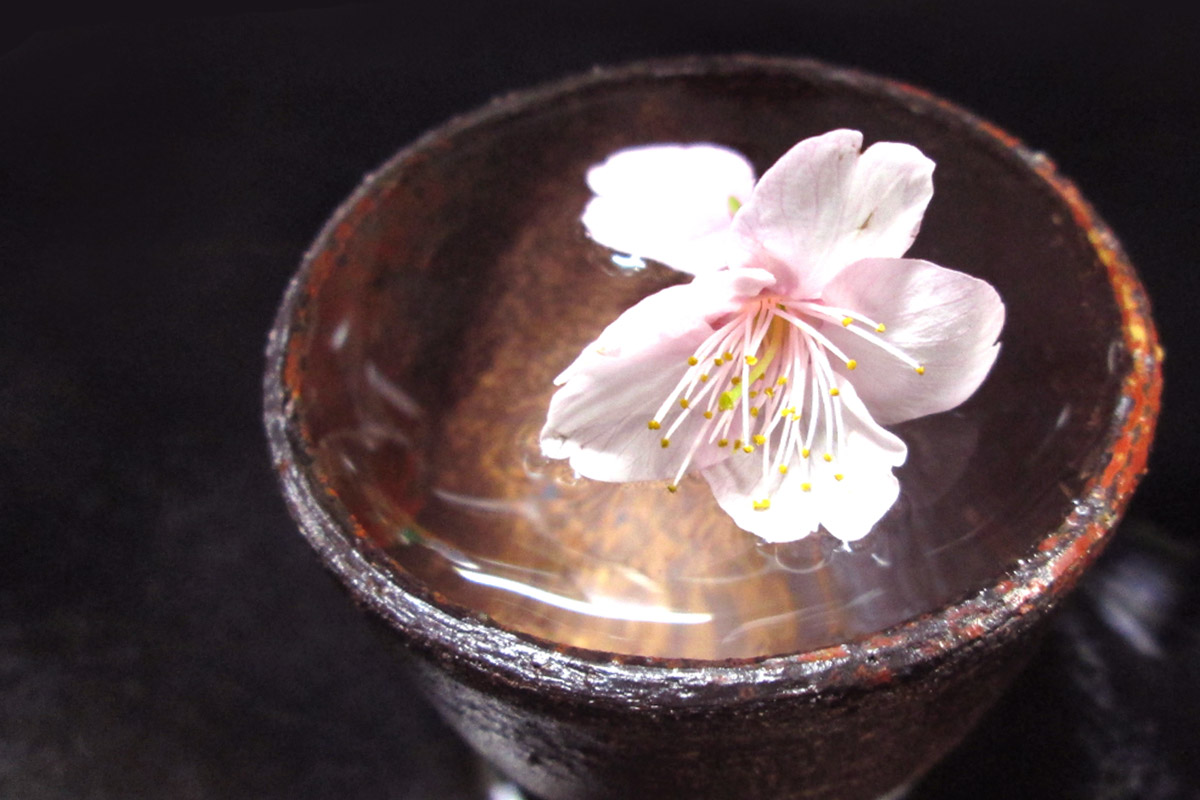Japanese Liquor
Japanese liquor – chances are, you’ve seen them in the liquor store or even sipped a couple at your favourite local Japanese tapas bar. With well-known brands such as Sapporo and Gekkeikan propagating the name of JAPAN in the alcohol market, there is more hot talk and money being exchanged over Japanese drinks right now than ever before.
In other words, if you feel like you’ve been seeing and hearing more about liquors from Japan recently, you’re not imagining things. Just as sushi and ramen became a staple of North American urban comfort food, Japan’s traditional sake, fruit liquors, and even whiskies are finding a place of belonging on tavern
shelves in the western world.
If you’re here to take your first step as a Japanese liquor hobbyist or want to impress your Japanese friends with a little sake knowledge– you’re in the right place. Below are four common types of Japanese liquor, and why you should try them.
Nihonshu

1. Nihonshu : The Well-Respected Old Patriarch
Although the word “sake” is a generic term that can mean any kind of alcohol in Japan, when people from western countries say “sake”, they are probably referring to Nihonshu – the traditional Japanese rice wine.
Japanese people have been crafting this traditional brew for over 2000 years. A tremendous amount of history, research, and knowledge goes into every brand and bottle, and there is so much variety that no one can drink all of them in one lifetime…. And that’s a good thing! Different kinds of nihonshu can have completely different flavours, textures, and sharpness, depending on how long it was fermented, the species and quality of rice used, or even the minerals present in the water added. Get into nihonshu, and you’ll never get bored of it.
You can enjoy it hot or cold, and most restaurants in Japan will be happy to serve nihonshu at your desired temperature. While Japanese people do not traditionally consume nihonshu as a mixture with chasers or water, I have seen “sake cocktails” on the menu in many restaurants around town and most of them aren’t bad at all!
All in all, there are endless ways to enjoy this versatile liquor. Don’t be afraid to experiment and try different brands and types– even if you’re a pickier liquor enthusiast, there’s bound to be something you’ll love.
Japanese Whiskey

2. Japanese Whiskey : the Classy New Kid on the Block
While whiskey isn’t exactly what pops into our heads first when we think of Japan, Japanese whiskey is actually one of the world’s five main types of whiskey, alongside Scotch, Irish, American, and Canadian.
In the late 1800’s and early 1900’s, many Japanese traveled to Europe to research technologies that would aid in Japan’s modernization. Whiskey brewing was one such technology, and by 1923 the first whiskey distillery had opened in Osaka.
However, if we look at Japanese toilet seats and vending machines, it’s clear that Japan is never satisfied with merely “copying” other countries. Rather, their tech pioneers simply use foreign knowledge as a base, upon which they’ll build their own super rad version of the product.
Japanese whiskey’s story is no different. Even though Japan learned the basics of whiskey distillation from Scotland, the aroma and texture of its domestic whiskey is quite unique. There is much less fixation on replicating Scotch’s classic woodiness, and more emphasis on blending and creating fruity or floral aromas that round out the whiskey’s smooth texture.
Depending on its quality, Japanese whiskey can be consumed with juice or soda as a cocktail, served on the rocks, or on its own. Highballs made of whiskey and cola, affectionately called “Coke Highs” in Japan, are popular among young Japanese people.
Shochu

3. Shochu : Nihonshu’s Mysterious and Robust Little Brother
This strong, clear liquor with a high ABV (30% on average!) only has around 500 years of history in Japan. Its exact origin is unknown, but some historians speculate that it might have originally come from India or Thailand.
It can be made using various kinds of ingredients, such as rice, barley, sweet potatoes, and brown sugar; naturally, the shochu’s taste depends on the ingredient. One of Japan’s most famous high-quality shochu is the Ryukyu Awamori– it’s made with long rice from Thailand and exclusively produced in Okinawa!
Because shochu is a stronger liquor, it’s often consumed in a mixture with water or other chasers, even though many people do enjoy drinking it neat. If you’ve been to Japan, you might have noticed some canned drinks labeled “Chu-Hi”– this is an abbreviation for “shochu-highball”, a cocktail of shochu and fruit juice!
Umeshu

4. Umeshu : the Crowd Pleasing Jack-of-All-Trades
Umeshu was brought to Japan from China approximately 300 years ago. Although it does not have as many years of history in Japan as nihonshu or shochu, it’s definitely made its mark on traditional Japanese culture.
Ume is a superfood. It contains a high concentration of polyphenols– powerful antioxidants that can be helpful in strengthening our immune systems. The health benefits of ume are well-recorded in history, and both the Chinese and Japanese used umes as medicine for centuries.
Therefore, from a nutritional point of view, umeshu, which is made by steeping ripe ume fruits in a clear distilled liquor like shochu or brandy, is relatively healthy compared to most other alcoholic drinks. It’s also incredibly delicious; the ume’s fruity flavours and nutrients seep into the liquor, giving it a sweet and sour taste that mellows out its original sharpness.
In Japan, umeshu is extremely popular among men and women of all ages, and it’s hard to find someone who doesn’t like umeshu. It’s so well-loved that many people attempt to make it at home themselves. Here in Canada, I have many friends who strongly dislike the taste of alcohol. But even so, they cannot resist a glass or two of umeshu.
So if you want to serve some liquor at your next house party that everyone will enjoy, give umeshu a try! Drink it neat, on the rocks, or as a cocktail. If the bottle includes a couple of tasty ume fruits, pluck them out and drop one in each serving glass as a martini-style garnish.


RECOMMENDED ARTICLES
SAKE & FOOD PAIRING
Pairing SAKE with Chocolate?
Information Pick Up SAKE
CHOYA’s Gold Edition Umeshu has Finally Arrived in Canada!
SAKE & RESTAURANT
Guu Davie
Sake article kanpai!
Sake Fest Vancouver 2017